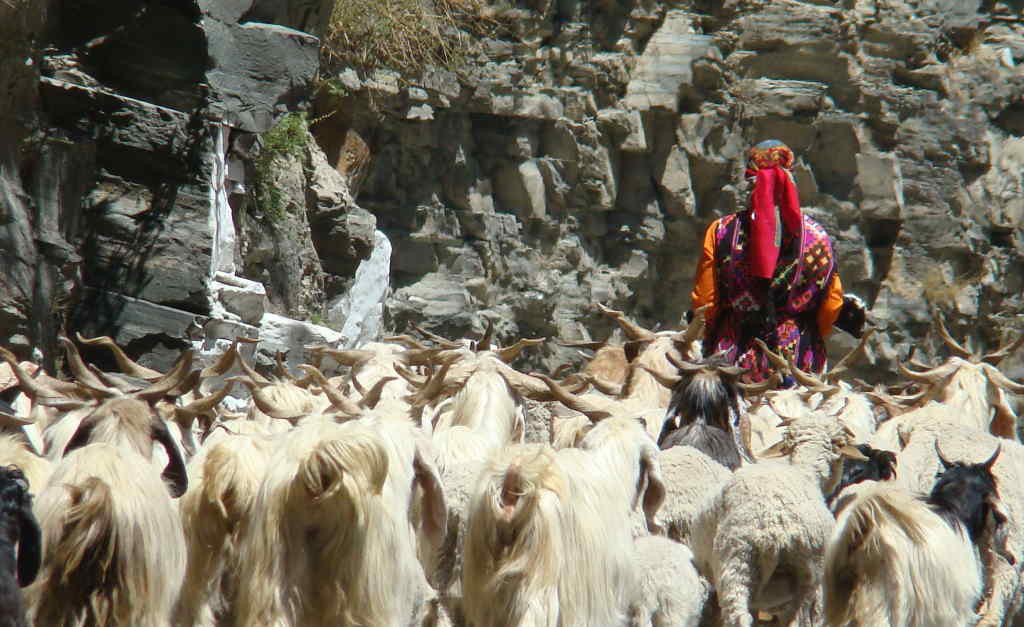
Conservation Overview
Conservation Overview
The area on which the Great Himalayan National Park (GHNP) now exists was historically home to village communities that depended on natural resources for livestock grazing, foodstuffs, medicinal plants and game hunting.
Since the establishment of GHNP and the elimination of traditional land rights, conservation efforts by the park have restricted entry and drastically reduced human impact, thus facilitating the return of the park’s habitats to a more natural and undisturbed condition.
In conjunction with the adjacent Rupi Bhaba and Kanawar sanctuaries, and the Pin Valley and Khirganga national parks, GHNP is large enough to maintain viable populations of all plant and animal species characteristic of the area. Further, the park’s remote location makes it easier to protect wildlife than in other areas of similar ecology.



